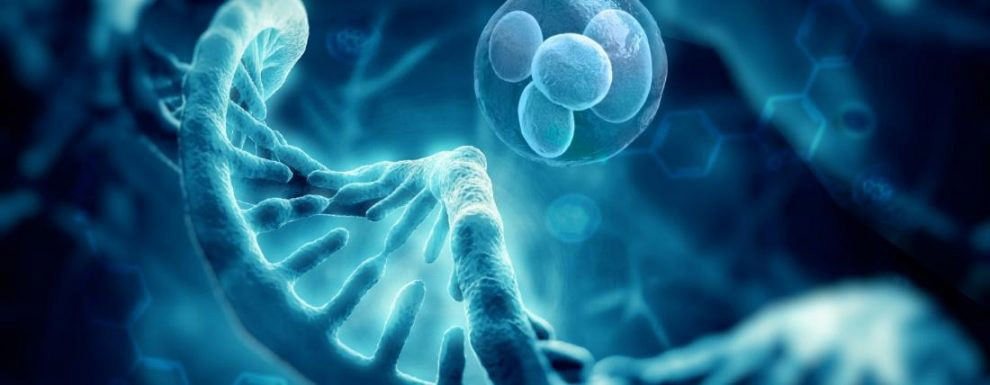The preimplantation genetic diagnosis (PGD) procedure allows the screening of embryos for specific genetic traits before an embryo is implanted in a patient’s uterus (that’s the “preimplantation” part of “preimplantation genetic diagnosis”. Also known as “embryo biopsy,” PGD allows couples at risk for certain genetic disorders to determine which of their embryos are affected, and which are not, before the embryos are used to establish a pregnancy.
We use PGD at CFC to detect abnormalities in chromosomes or hereditary conditions. The first reports of PGD used in conjunction with IVF treatments appeared in the early 1990s, and since then hundreds of normal, healthy babies have been born through the use of this advanced reproductive technology.
Who can benefit from PGD?
Patients who can benefit from PGD include:
- Couples who have a family history of inherited disease
- Couples who want to use gender selection to prevent a gender-linked disease
- Women with a history of unexplained miscarriage
- Women who have had repeated failures with IVF
- Women who are more than 39 years old
How is PGD performed?
PGD requires patients to undergo an in vitro fertilization (IVF) cycle in order to produce pre-embryos available for testing.
Before the transfer of a pre-embryo back to a woman’s uterus, one or two cells (called blastomeres) are removed from the pre-embryos. These blastomeres are evaluated for normalcy. Following completion of the evaluation (typically one to two days), only the normal pre-embryos are transferred back to the woman’s uterus to establish a pregnancy. What can be determined about a pre-embryo by PGD testing?
PGD can be used for determining chromosomal health (with PGD-FISH) or the presence or absence of specific genes related to hereditary disease (with PGD-PCR).
PGD-FISH (fluorescent in situ hybridization)
Chromosomal abnormalities occur when there is an incorrect number of chromosomes. Some chromosomes are more likely than others to become unpaired, which can lead to early embryonic demise (chromosomes 13, 18) or affect term births, such as Down syndrome (trisomy 21). Numerical mistakes in the sex chromosomes can lead to Turner’s syndrome (XO), or Klinefelter’s syndrome (XXY). Sometimes, chromosomes can break apart and attach to other chromosomes, a condition known as translocation. Checking for normal chromosome pairing is done using a technique called fluorescent in situ hybridization (FISH).
PGD-PCR (Polymerase chain reaction)
The method of analysis for gene disorders is called polymerase chain reaction (PCR). PCR involves a technique that greatly multiplies the genetic code contained in a single blastomere, so that the specific gene or genes being looked for can be detected. Preimplantation genetic diagnosis is significantly enhanced by the use of PCR.
Hereditary conditions caused by gene disorders that PCR can help detect include:
- Cystic fibrosis
- Tay-Sachs disease
- Duchenne muscular dystrophy
- Sickle cell anemia
- X-chromosome-linked disorders
- Fragile X
- Myotonic Dystrophy
- Thalasaemia
Can PGD of pre-embryos improve the chance of conceiving through IVF?
Until the development of PGD, assisted reproductive technology labs could rely only on the appearance of pre-embryos to decide which ones were suitable for implantation into the patient’s uterus. The advent of PGD proved that normal appearing pre-embryos frequently have an abnormal number of chromosomes, rendering them incompatible with the development of a normal pregnancy.
PGD allows embryologists to select pre-embryos that are balanced for the tested chromosomes. PGD testing enables the implantation of only selected pre-embryos, increasing the chance for pregnancy. In addition, since the quality of the pre-embryo has been proven, fewer pre-embryos are needed to establish a successful pregnancy, greatly diminishing the chances of a multiple pregnancy.

